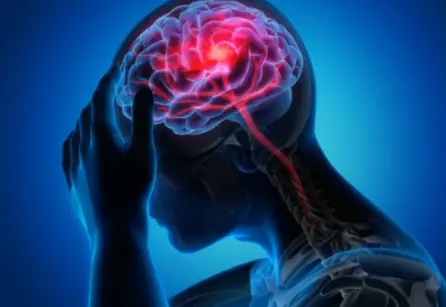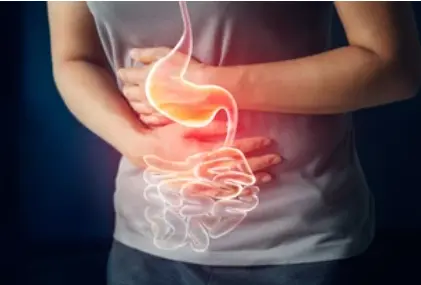 Welcome
Welcome
“May all be happy, may all be healed, may all be at peace and may no one ever suffer."
Loading...
Musculoskeletal and joint pain Generics
- A
- B
- C
- D
- E
- F
- G
- H
- I
- J
- K
- L
- M
- N
- O
- P
- Q
- R
- S
- T
- U
- V
- W
- X
- Y
- Z
Musculoskeletal and joint pain - Generics
Musculoskeletal and joint pain are common conditions that can affect people of all ages. Some of the most common causes of musculoskeletal and joint pain include:
- Arthritis: Arthritis is a condition that causes inflammation in the joints, leading to pain and stiffness. There are several different types of arthritis, including osteoarthritis and rheumatoid arthritis.
- Injury: An injury to the muscles, tendons, or ligaments can cause pain and discomfort in the affected area. This can be caused by overuse, repetitive motions, or trauma.
- Fibromyalgia: Fibromyalgia is a chronic condition that causes widespread pain and tenderness in the muscles and joints. Other symptoms may include fatigue, sleep disturbances, and mood changes.
- Osteoporosis: Osteoporosis is a condition in which the bones become brittle and weak, increasing the risk of fractures and joint pain.
- Bursitis: Bursitis is a condition in which the bursae (small sacs of fluid that cushion the joints) become inflamed, causing pain and stiffness.
If you are experiencing musculoskeletal and joint pain, there are several things you can do to manage your symptoms:
- Rest: Resting the affected area can help reduce pain and promote healing.
- Ice and heat therapy: Applying ice or heat to the affected area can help reduce inflammation and alleviate pain.
- Exercise: Gentle exercise, such as stretching and low-impact activities, can help improve flexibility and reduce pain.
- Pain relievers: Over-the-counter pain relievers, such as acetaminophen and ibuprofen, can help alleviate pain and reduce inflammation.
- Physical therapy: A physical therapist can work with you to develop an exercise program and provide techniques to help reduce pain and improve mobility.
If your symptoms persist or worsen, it is important to seek medical attention. Your healthcare provider can help determine the underlying cause of your pain and develop an appropriate treatment plan.

Rotavirus diarrhea
Diarrhea

Cryptococcal meningitis
Brain disease

Intractable cough
Cold and fever

Diabetes insipidus
Skin disease

GI hemorrhage
Stomach disease

Irrigation of the tear du...
Eye disease

Dietary supplements
Supplement

Pregnancy termination in...
Pregnancy
Searching Keywords Idea
Musculoskeletal and joint pain, পেশী এবং জয়েন্টে ব্যথা
Bangladesh is Number One in Digital Medical Management.
To be happy, beautiful, healthy, wealthy, hale and long-lived stay with DM3S.
To be happy, beautiful, healthy, wealthy, hale and long-lived stay with DM3S.